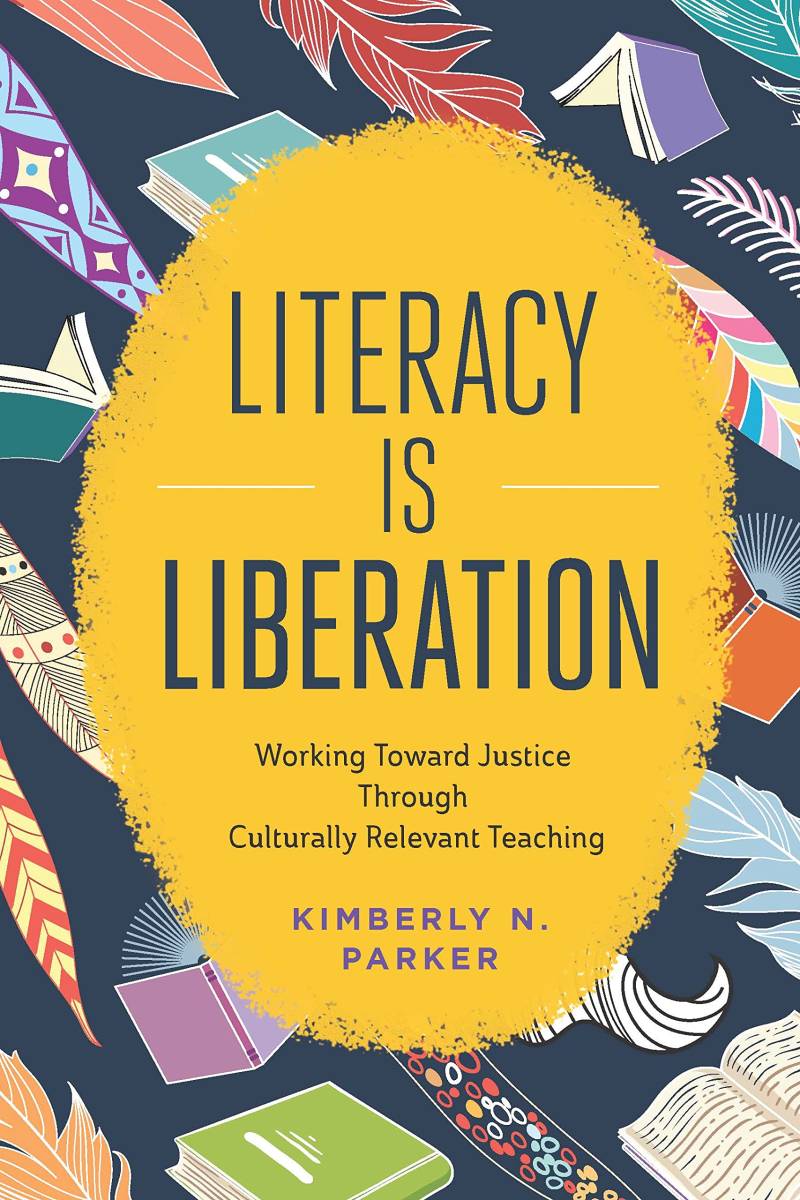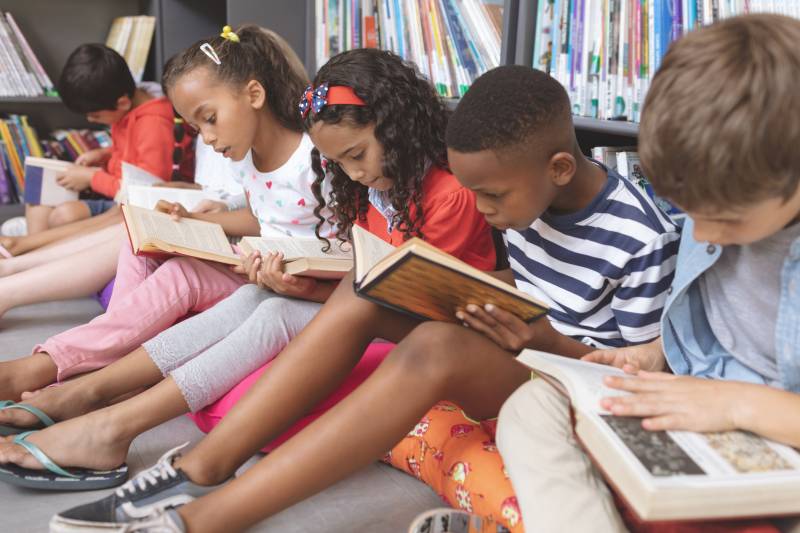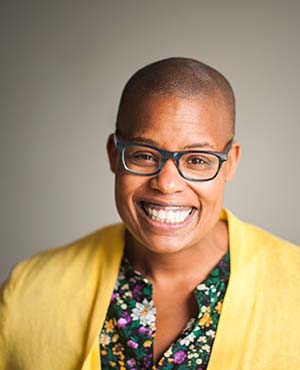One important finding from Moll and colleagues’ study is that the people with whom children interacted possessed a multidimensional understanding of a child. They report:
Thus, the “teacher” in these home based contexts of learning will know the child as a “whole” person, not merely as a “student,” taking into account or having knowledge about the multiple spheres of activity within which the child is enmeshed. In comparison, the typical teacher–student relationships seem “thin” and “single- stranded,” as the teacher “knows” the students only from their performance within rather limited classroom contexts. (pp. 133–134)
These teacher-learners were intent on learning from and with families, creating a two-way stream of communication that centered the experiences of their students’ households. Students were not separate from their communities. This intention, and the actions of home visits and observations of students’ family networks, established a level of trust with families that helped create a different relationship between home and school. These visits were also an opportunity to understand the rituals and traditions and everyday knowledge that are part of community life, as they also can be points of resonance in classrooms as we work with our students.
How might our own literacy practices benefit from adopting this same perspective? What might our spaces look like if we aimed to make them places that are thick and multistranded? CRILCs are these places. It is far too easy to see children as deficits, especially when we use measures that are strictly ones that do not center their funds of knowledge. For instance, we can see a group of Black youth as “struggling readers” because they fail to meet our expectations for engagement without considering all of the broad ways they practice literacy or how they understand those practices. We can think Latinx or other young people come from “families that don’t care about them” because we haven’t attempted to humble ourselves and learn from what all families have to teach us. We might not understand the linguistic fluency some of our other IPOC students have because we shrug and think they “simply refuse to speak English” without challenging our own biases and lack of understanding about linguistic fluency. These assumptions are deficit-driven and harmful to students, families, and any attempts we might have to be culturally relevant or to build community. Our beliefs have to change if we want to work from an assets-based framework.
When we humble ourselves and learn from and work with families and students, though, we have a powerful opportunity to engage with them as the experts of their experiences and bridge these home and school literacies in a productive, powerful way. In our literacy work, we can use our broad understandings of multiliteracies to catalogue the vast literacy practices our students have, using that knowledge to invite students into our classrooms as partners, as collaborators, and as valued members of our community.
This information is critical for knowing who our students are, how they experience the world, and how educators develop an intentional community with their students. Adopting an initial stance of humility and openness to learning from families, followed by a thoughtful noting of all of the ways that families and children participate in complex networks of care and support outside school, and finally seeking to understand those networks and participation within them as strengths, is foundational to culturally relevant practice.
Dr. Ernest Morrell provided a powerful way to ask students how they have processed the pandemic. In a tweet (2021), he suggested, “What if we asked every kid in America next fall as an assignment to tell us what they learned during the pandemic, how they grew, how they are different, and what they wanted to do next? They could represent this multimodally and share within the community!” The answers to these questions can help educators think about how students define their own learning experiences, in their own words, while providing us with feedback about how to help them process and center those experiences in our work. Also, when we have actual data from our students, we can work from a strengths-based orientation and use that insight to develop and respond to the community’s needs.
When we recognize and value our students as imbued with funds of knowledge, we see them differently. We see them from a lens of ability and possibility; we know they enter our classrooms teeming with stories, with strengths, with their full humanity. Then, as educators, our work is to figure out how to center our students as we work together to achieve educational excellence, so that we can make our classrooms and our understanding of our students thick and multistranded, too.
Too many BIPOC students, however, are never allowed even to be acknowledged as human because of our own racism and biases. If we cannot mitigate that racism and bias then we cannot change. If we change how we think we know our students, however, into actually knowing them, we get closer to equity and liberation. Thus, actively interrogating, then reframing and changing our own beliefs about our students is the first value of CRILCs.




 Kimberly N. Parker
Kimberly N. Parker